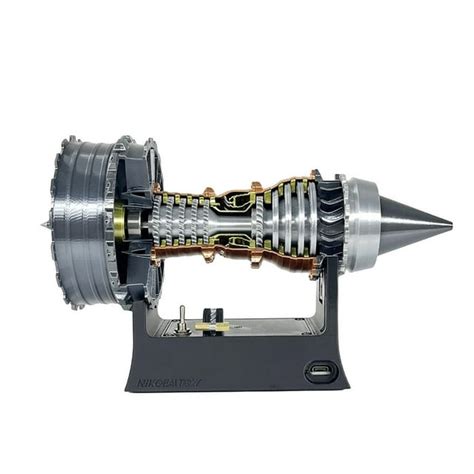Understanding the mechanics of a swap in def: a guide to cryptocurrency trading
The World of Defi (Decentralized Finance) has exploded in recent years, offering a wide range of innovative financial products and services that allow users to access traditional banking services without the need for intermediaries. One of the most exciting features of def is its ability to facility swaps, or exchanges, between different cryptocurrencies.
In this article, we’ll delve into the mechanics of cryptocurrency swaps in Def, exploring the benefits, risks, and best practices for participating in these exchange.
What is a swap?
A swap in Defi referers to a type of trading that involves exchanging one cryptocurrency for another. This can be done through various types of swaps, including:
* swap-to-swap (s2w) : A direct exchange between two cryptocurrencies without the need for intermediaries.
* Swap-to-Market (S2M) : A swap where two cryptocurrencies are exchanged in a market-based environment, such as an exchange order book.
how does a swap work?
The mechanics of a Defi Swap Involve Several Key Components:
- Pair Selection : The user selects the pair they want to trade, which is typically defined by the cryptocurrency pair they wish to exchange.
- Quote Determination : The quote for the swap is determined through market and liquidity pools on exchanges or order book platforms.
- Trade Execution : The User Executes A Buy and Sell Transaction to Complete the Swap.
Key Factors Affecting Swap Mechanics
Several factors can impact the mechanics of a Defi Swap:
* Liquidity : The Availability of Both Cryptocurrencies in the Market, as well as their Liquidity Levels on Exchanges.
* Orderbook Depth : The depth of the orderbook for each cryptocurrency, influencing the prices at which trades are executed.
* Price movements : Changes in the price of one or both cryptocurrencies can impact swap mechanics.
Benefits of Cryptocurrency Swaps
Defi Swaps Offer Several Benefits To Users:
- Low fees : swaps often have lower transaction fees compared to traditional trading methods.
- No intermediaries : users do not need to rely on financial institutions, reducing the risk of market volatility and exchange manipulation.
- decentralized Governance : Swaps are typically governed by decentralized Autonomous Organizations (DAOS), allowing for community-driven decision-making.
risks and challenges
While Defi Swaps can be a powerful tool for trading cryptocurrencies, there are also risks to consider:
- Market volatility

: Cryptocurrency prices can fluctuate rapidly, impacting swap mechanics.
- Liquidity Risk : Insufficient Liquidity in the market or orderbook can lead to missed trades.
- Exchange Manipulation : Unsolicited Orders and Manipulation by Exchanges Can Impact Swap Prices.
Best Practices For Participating in Defi Swaps
To ensure a successful experience with Defi Swaps:
- Choose Reputable Exchanges : Select Exchanges that have Strong Security Measures, Good Liquidity, and a history of Stable Operations.
- Monitor Market Date : Keep an eye on cryptocurrency prices and orderbook depth to make informed trading decisions.
- Set Realistic Expectations : Understand the RISKS involved and set stop-loss limits to protect your assets.
- diversify your portfolio : Spread your investments across multiple cryptocurrencies to minimize risk.
Conclusion
Cryptocurrency swaps in Defer a Powerful Tool for Accessing Traditional Banking Services Without Intermediaries. By understanding the mechanics of these exchanges, users can make informed decisions about participating in swaps and minimizing their risks.

